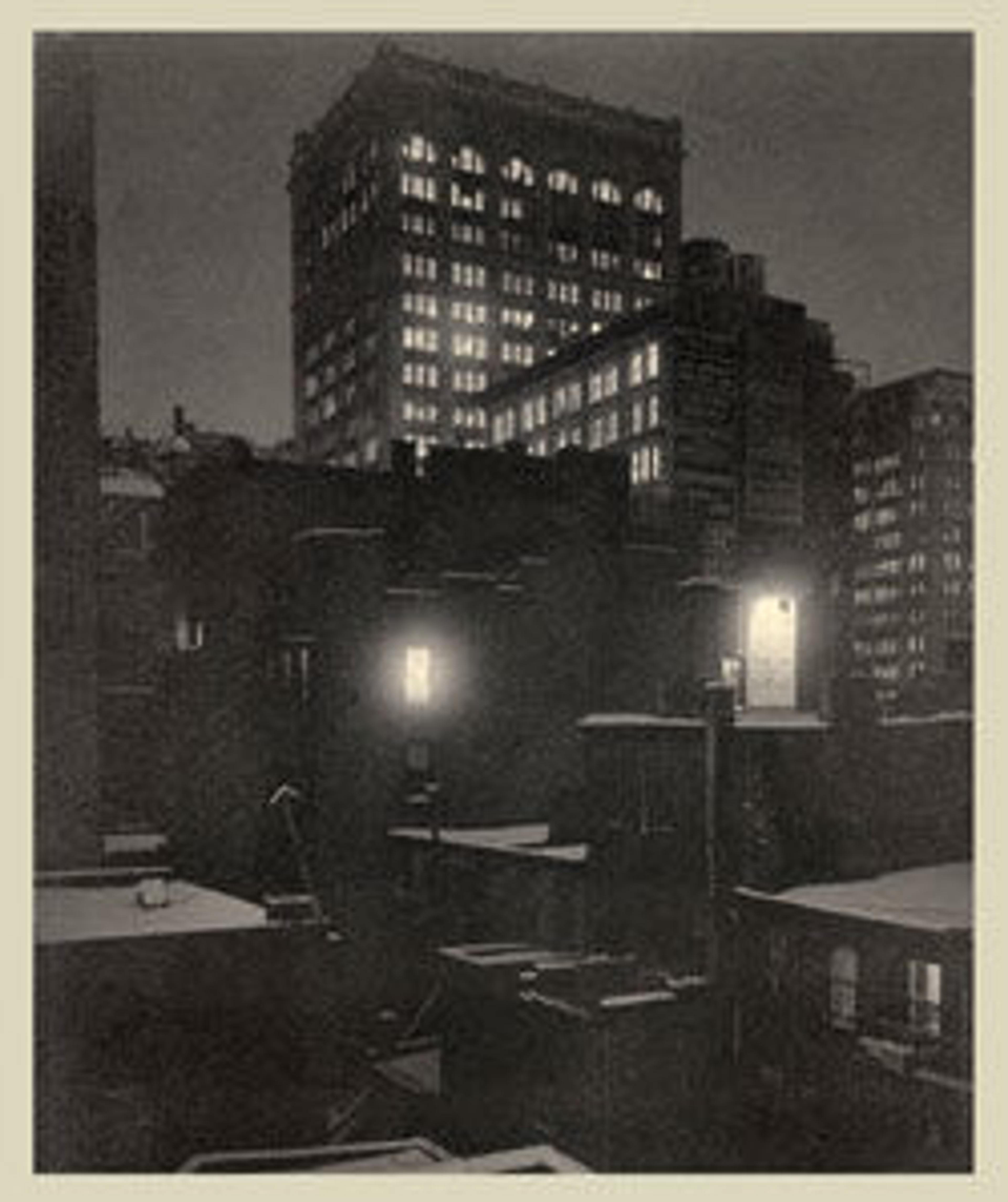Camera Work, No. 1
With the birth of the Photo-Secession in 1902, it seemed only natural for Stieglitz to establish a new periodical that would continue to present the best in artistic photography. For the cover of Camera Work, first issued in January 1903, Steichen designed a hand-drawn title in an Art Nouveau style inspired by the work of Josef Hoffmann and the Vienna Secession. Camera Work featured articles on aesthetics, exhibition reviews, poetry, and—most important—exquisitely produced photogravure reproductions. For the first five years the periodical was devoted almost exclusively to photography, but beginning in 1908 its focus turned more toward contemporary art in other media, as Stieglitz’s interest in avant-garde European and American painting and sculpture grew. The final issue, in 1917, marked a return to photography and was devoted to the work of Paul Strand.
Artwork Details
- Title: Camera Work, No. 1
- Editor: Alfred Stieglitz (American, Hoboken, New Jersey 1864–1946 New York)
- Date: January 1903
- Medium: Printed book with photogravure and halftone illustrations
- Dimensions: 32 x 22.4 x 1.7 cm (12 5/8 x 8 13/16 x 11/16 in.)
- Classification: Periodicals
- Credit Line: Alfred Stieglitz Collection, by exchange, 1953
- Object Number: 53.701.1
- Curatorial Department: Photographs
More Artwork
Research Resources
The Met provides unparalleled resources for research and welcomes an international community of students and scholars. The Met's Open Access API is where creators and researchers can connect to the The Met collection. Open Access data and public domain images are available for unrestricted commercial and noncommercial use without permission or fee.
To request images under copyright and other restrictions, please use this Image Request form.
Feedback
We continue to research and examine historical and cultural context for objects in The Met collection. If you have comments or questions about this object record, please complete and submit this form. The Museum looks forward to receiving your comments.
